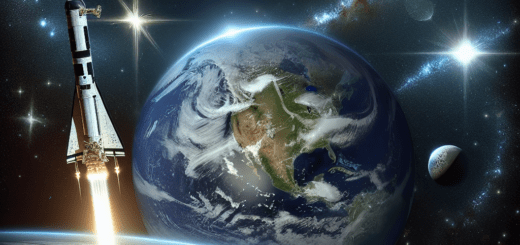From Moon Landings to Mars Rovers: The Evolution of Space Exploration
Since the dawn of civilization, humans have been fascinated by the vast expanse of space that surrounds our planet. From ancient civilizations studying the stars to the modern-day space missions, our curiosity about the universe has driven us to explore beyond our own atmosphere.
One of the most significant milestones in space exploration was the Apollo 11 moon landing in 1969. This historic event marked the first time humans set foot on another celestial body, showcasing the incredible technological advancements that had been made in the field of space exploration. The success of the Apollo missions paved the way for further exploration and inspired a new generation of scientists and engineers to push the boundaries of what was thought possible.
Following the moon landings, space agencies around the world began to focus their efforts on exploring other planets in our solar system. In the 1970s, NASA launched the Viking missions, which were the first spacecraft to successfully land on Mars and send back images of the Martian surface. This marked the beginning of a new era in space exploration, as scientists began to study the geology and climate of other planets in our solar system.
In the 21st century, the focus of space exploration has shifted towards robotic missions, with the development of sophisticated rovers that can explore the surface of other planets. One of the most famous of these rovers is the Mars Rover, which has been exploring the red planet since 2004. These rovers have provided valuable data about the composition of Mars’ surface, as well as clues about the planet’s past climate and potential for life.
In recent years, private companies such as SpaceX have entered the space exploration arena, with ambitious plans to send humans to Mars and beyond. The development of reusable rocket technology has made space travel more affordable and accessible, opening up new possibilities for exploration and colonization of other planets.
As we look towards the future, the possibilities for space exploration are endless. From missions to explore the icy moons of Jupiter and Saturn to plans for manned missions to Mars, humanity’s thirst for knowledge about the universe shows no signs of abating. The evolution of space exploration from moon landings to Mars rovers is a testament to the ingenuity and determination of the human spirit, and serves as a reminder of the incredible things we can achieve when we work together towards a common goal.













